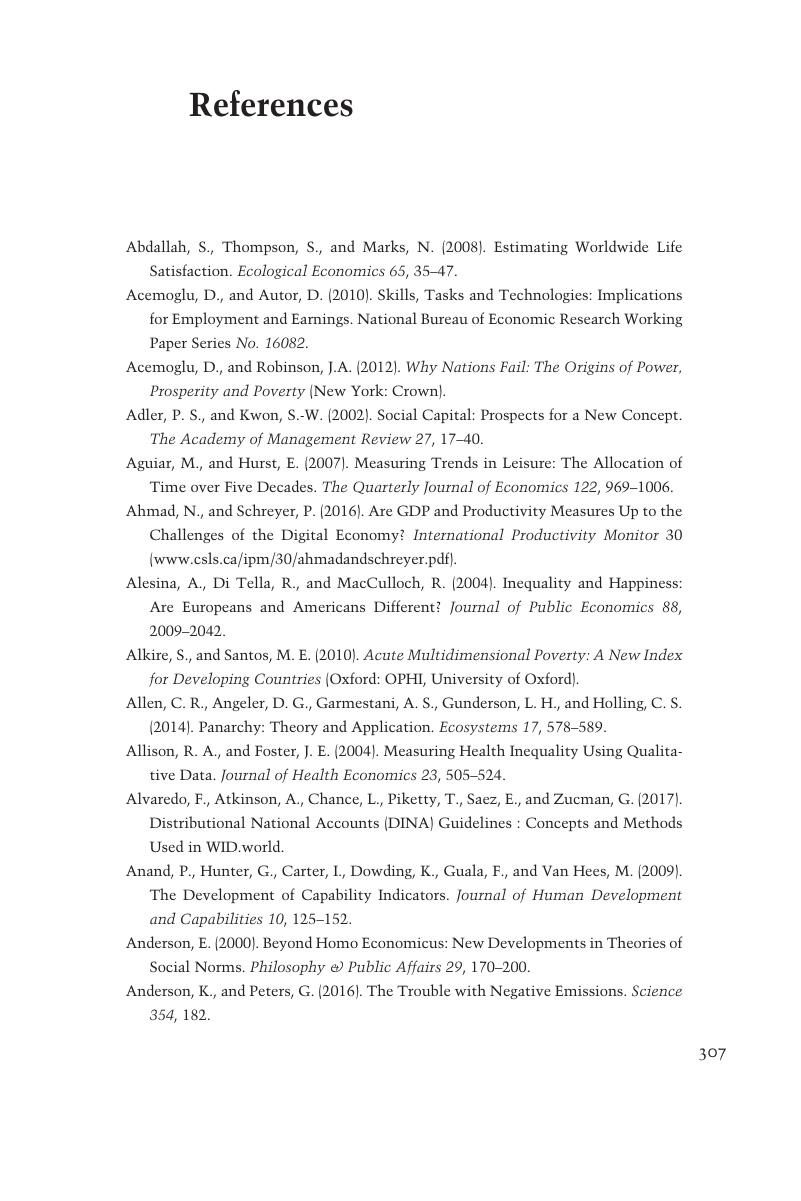Book contents
- Replacing GDP by 2030
- Advance Praise for Replacing GDP by 2030
- Replacing GDP by 2030
- Copyright page
- Dedication
- Contents
- Figures
- Tables
- Boxes
- Preface
- Acknowledgements
- Part I Why a New Strategy Is Needed
- Part II The New Strategy: A Community for Well-being and Sustainability
- Annex: Beyond-GDP Milestones and Measurement Systems
- Notes
- References
- Index
- References
References
Published online by Cambridge University Press: 24 May 2019
- Replacing GDP by 2030
- Advance Praise for Replacing GDP by 2030
- Replacing GDP by 2030
- Copyright page
- Dedication
- Contents
- Figures
- Tables
- Boxes
- Preface
- Acknowledgements
- Part I Why a New Strategy Is Needed
- Part II The New Strategy: A Community for Well-being and Sustainability
- Annex: Beyond-GDP Milestones and Measurement Systems
- Notes
- References
- Index
- References
Summary

- Type
- Chapter
- Information
- Replacing GDP by 2030Towards a Common Language for the Well-being and Sustainability Community, pp. 307 - 337Publisher: Cambridge University PressPrint publication year: 2019

